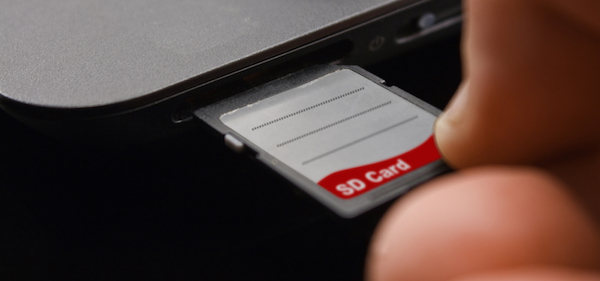Have you ever had your camera’s SD card stop working, taking all of your precious photos with it? You may be able to recover those irreplaceable photos for free.
SD cards are great for adding storage to smartphones and cameras, but they are very fragile and need to be treated with extreme care.
If you have an SD card that has become corrupted, or is no longer being recognised by your device, make sure you do not format it. If you have formatted your SD card, it is sadly too late to recover any data from it.
The first step to recovering lost photos is to install Zero Assumption Recovery (ZAR). This software is an advanced tool for recovering lost data. A full license will cost $69.95 USD, but all the tools you need for recovering digital photos are included with the free version.
Once you’ve downloaded the software, insert your SD card into your computer – you’ll need an SD card reader for this. If your computer has one, it will be a slim rectangular hole, about the about the size of a ten cent coin (side on). Most computers will have one built in, otherwise they are available on eBay for as little as a dollar (shipping included), although it might be worth investing a few more dollars to ensure you get a more reliable device.
Once your SD card is inserted, open up ZAR and click on ‘Image Recovery (Free)’. Now select the SD card reader from the list of devices. External readers will usually be named ‘Generic USB SD Reader’. If you don’t see the device, try to look for something with the same capacity of the SD card. Once selected, click ‘Next’ and let ZAR work its magic.
The process might take a while, but if it is barely moving at all, or all of the blocks are showing up as red, you may wish to try using a different card reader or computer to run the software. If changing readers or computers doesn’t help, you’ll just have to bear with the slow progress.
In the following screen, check the ‘ROOT’ folder to select all items and then click ‘Next’
From here you can select a location for the images to be copied to, then click ‘Start copying the selected files’.
Once this is finished you should have a folder full of images. Depending on the extent of the damage, you may only recover a few full images, or you may recover all of them.
If you’ve tried all of the above and you haven’t had any luck, you may be able to take it to a camera store and see what they can do. But since it can be a very involved process, this might not be affordable.
Read more at PC Advisor.

